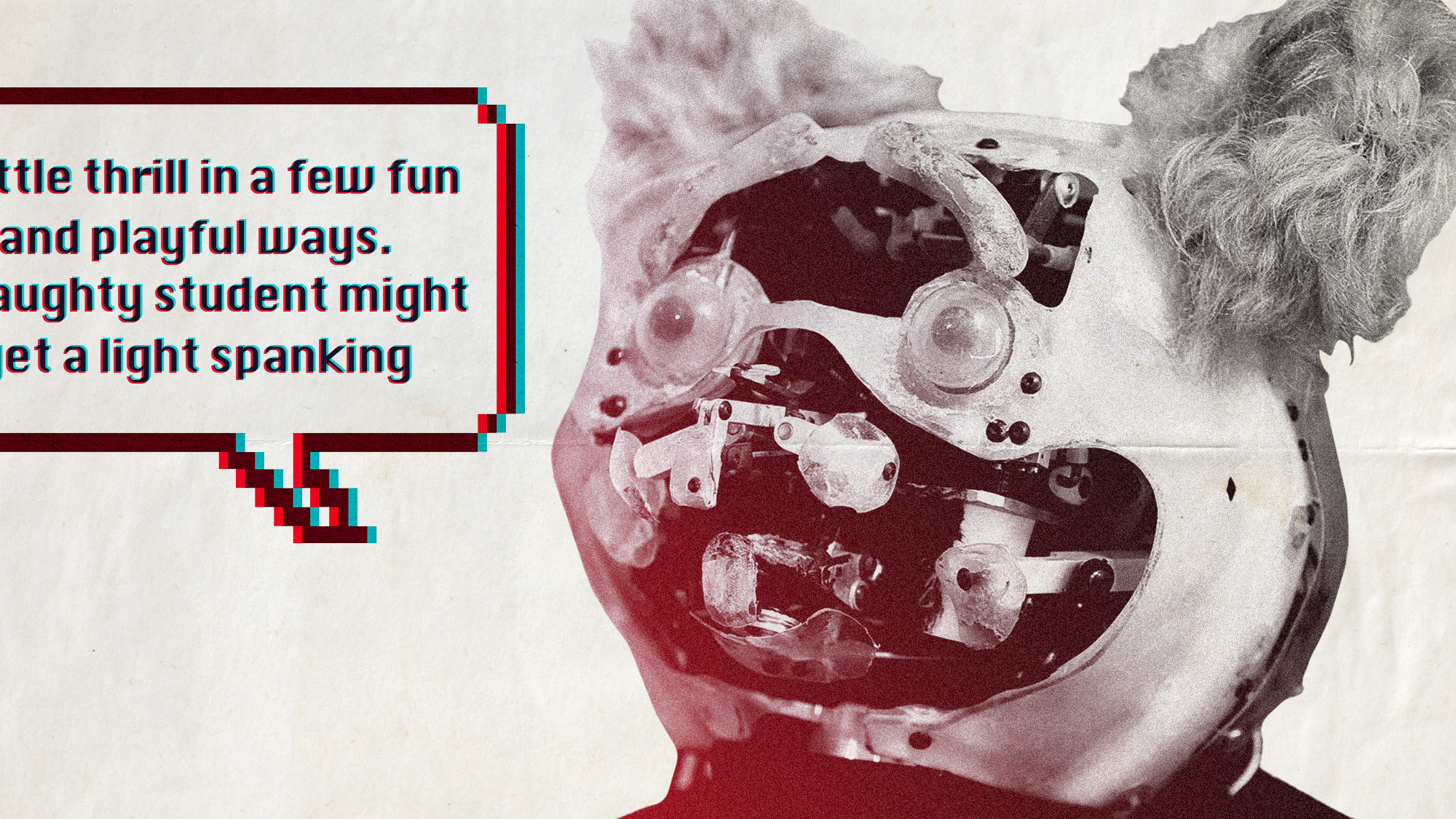16 characters from other languages that make great emoticons
Pro tip: Obscure Indian alphabets can really step up your game


In the old days we had to make do with primitive sideways grins, frowns, and winks. Now we can draw from a huge stock of full-color, properly-oriented emojis for nearly any concept we might want to express. But where's the fun in that when there's such a big world of old school symbols and scripts to exploit? There's an art to creating emoticons from simple characters. Here are 16 characters you can borrow from the writing systems of other languages to up your emoticon game.
1. ツ (JAPANESE KATAKANA TU)
¯\_(ツ)_/¯ (beats me!)
The Week
Escape your echo chamber. Get the facts behind the news, plus analysis from multiple perspectives.

Sign up for The Week's Free Newsletters
From our morning news briefing to a weekly Good News Newsletter, get the best of The Week delivered directly to your inbox.
From our morning news briefing to a weekly Good News Newsletter, get the best of The Week delivered directly to your inbox.
You may have seen this friendly shrug emoticon around and wondered how to get that sly grin effect. It's the syllable "tu" from the Japanese katakana syllable writing system.
2. AND 3. ٩ ۶ (PERSIAN/URDU ARABIC 9 AND 6)
٩◔̯◔۶ (throwing my hands up)
To get raised arms tilted in opposite directions, the 9 and 6 from the Arabic script used for Persian and Urdu do nicely. They also give a cute little "balled fists" look.
A free daily email with the biggest news stories of the day – and the best features from TheWeek.com
4. ٥ (PERSIAN/URDU ARABIC 5)
(˘_˘٥) (sad)
The Persian/Urdu Arabic 5 makes a fat little lonely tear.
5. ಥ (KANNADA THA)
(ಥ﹏ಥ) (crying)
Another way to get to the tears is through Kannada, a language of India, which has a script particularly rich in emoticon possibilities. The letter for "tha" looks like an eye, complete with eyebrow, that has a tear coming out of it. Aww.
6. ಠ (KANNADA TTHA)
(ಠ_ಠ) (disapproval)
The "look of disapproval" emoticon uses the Kannada "ttha" (pronounced like "tha" but with the tongue in retroflex position, touching the roof of the mouth).
7. 益 (CHINESE "PROFIT, BENEFIT, ADVANTAGE")
(ノಠ益ಠ)ノ彡┻━┻ (flipping the table in rage)
Here the disapproving Kannada eyes take on an angry look in combination with the teeth-baring Chinese character for "profit." This complex emoticon also uses Japanese katakana, the Chinese "hair" radical, and Unicode box-drawing characters.
8. ლ (GEORGIAN LAS)
(-‸ლ) (facepalm)
The Georgian "las" can be a fist clenched in rage, an animal paw, or a palm wearily covering the face.
9. Ω (GREEK LOWER CASE OMEGA)
ヾ(・ω・*)ノ (happy kitty)
Perfect for animal snouts, the lower case omega makes good kitty and puppy emoticons.
10. ౪ (TELUGU 4)
/(◉౪◉)\ (happy bunny)
For toothy animals like bunnies and hamsters there's the 4 from the script of Telugu, a language of India. Can also look like a tongue sticking out below a snout.
11. ง (THAI NGO NGU)
(ง'-')ง (put your dukes up)
A pair of these Thai velar nasal consonants make a nice "put your dukes up."
12. 旦 (CHINESE "DAWN, MORNING, DAY")
(^-^)旦 (have a drink)
The Chinese character for "day" looks like a half full glass. Or half empty, depending. A good way to raise a glass to someone, or tell them you're going out for drinks.
13. Ξ (GREEK LOWER CASE XI)
ξξ(∵◕◡◕∵)ξξ (freckles and curls)
The Greek lower case xi can stand in for lovely, curly locks.
14. Ӝ (CYRILLIC ZHE, WITH DIAERESIS)
ƸӜƷ (butterfly)
The Cyrillic zhe with diaeresis above it already looks like a butterfly. Add an ezh, from the international phonetic alphabet, and a reversed ezh and it's got magnificent wings.
15. AND 16. ᕙᕗ (CANADIAN ABORIGINAL SYLLABICS FA AND FO)
ᕙ(⇀‸↼‶)ᕗ (Oooo, I'm so mad!)
In the Eastern Cree version of this syllabic writing system developed for North American languages, there is a "fa" and a "fo" that serve well for raised, clenched fists of frustration.
Different operating systems and programs handle these symbols in different ways, so there's no one simple explanation for how to generate them (and depending on how you are viewing this, some symbols may show up as empty boxes), but if you want to try some out, you can go here and cut and paste.
‶٩(◕◡◕ ) (Bye bye!)
Arika Okrent is editor-at-large at TheWeek.com and a frequent contributor to Mental Floss. She is the author of In the Land of Invented Languages, a history of the attempt to build a better language. She holds a doctorate in linguistics and a first-level certification in Klingon. Follow her on Twitter.
-
 Wave of cancellations prompt Kennedy Center turmoil
Wave of cancellations prompt Kennedy Center turmoilIN THE SPOTLIGHT Accusations and allegations fly as artists begin backing off their regularly scheduled appearances
-
 8 incredible destinations to visit in 2026
8 incredible destinations to visit in 2026The Week Recommends Now is the time to explore Botswana, Mongolia and Sardinia
-
 The dark side of how kids are using AI
The dark side of how kids are using AIUnder the Radar Chatbots have become places where children ‘talk about violence, explore romantic or sexual roleplay, and seek advice when no adult is watching’
